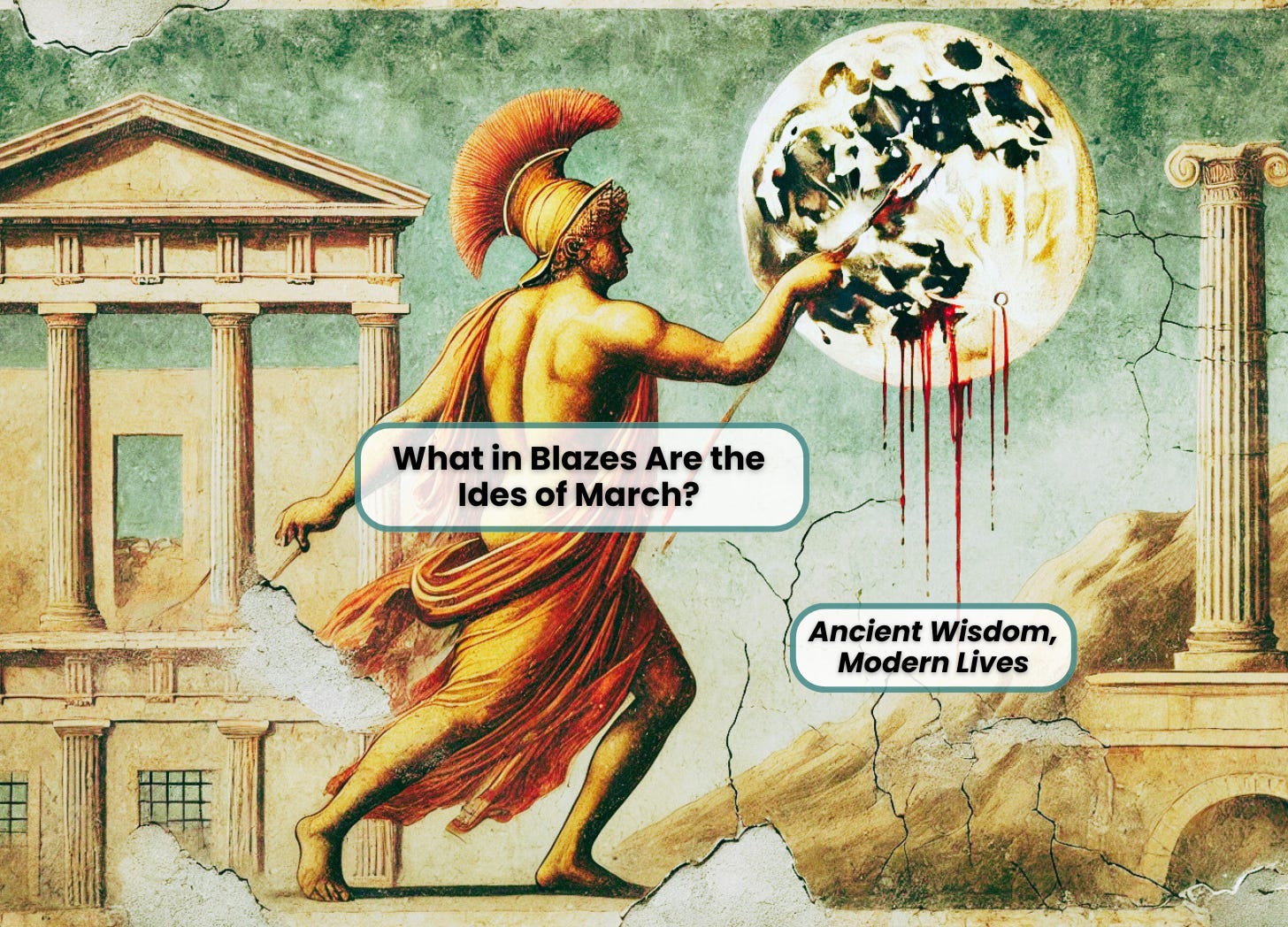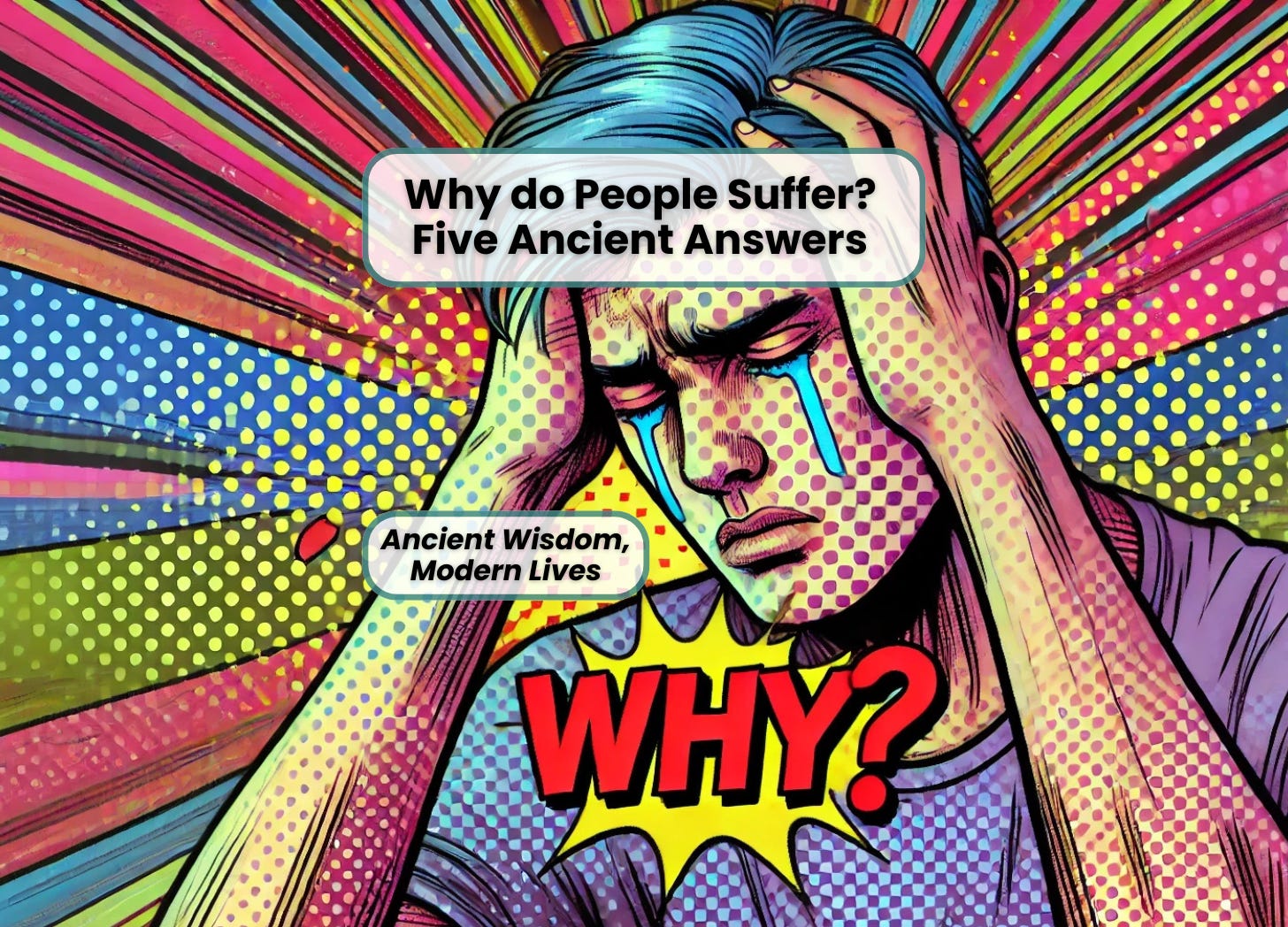Translating The Purpose of the Words?
As I recently explained on my blog for “The Unabridged Bible” (“Why did they Build the Tower of Babel?“), the Tower of Babel was waterproofed, the goal being to protect the people against a future flood from God.
The text even says so: “And they had brick for stone, and bitumen for mortar” (Genesis 11:3, NRSV). But if you’re not an expert in ancient materials science you don’t know that bitumen was an ancient waterproofing substance.
So here’s the question: An ancient reader of the text would have known the role of bitumen, and the waterproofing is central to the narrative. Should the translation therefore help modern readers follow along? Perhaps the line should read, “They had brick for stone, and waterproofing bitumen for mortar.”
What do you think?






13 Responses
>Should the translation therefore help modern readers follow along?
>Perhaps the line should read, “They had brick for stone,
>and waterproofing bitumen for mortar.”
I think …, yes, in this case. OTOH, were this a literary construct (e.g., a chiasm, a poetic phrase, etc.,) I would be less inclined to clarify what I might view as the author’s intent. In such cases perhaps a footnote would be more appropriate.
Blessings,
How often will you use such an explanatory gloss? In this case, rarely since the word only occurs as a noun 3 times. But I would probably not use explanation in the translation. The challenge of course is to imagine someone reading without footnotes. I don’t have an answer here. Reader beware.
Footnote. Or, indicate that it is an explanatory addition by italicizing (and explaining that in the metadata). But how solid is the case for this being flood insurance?
I think it is a good idea to emphasize the waterproofing quality of bitumen.
Footnotes are a problem because you don’t read them out loud. So people who hear the story aren’t going to know what it means unless a sermon follows and the preacher chooses to cover that particular point.
In fact, I’d say putting things in footnotes will hinder comprehension, because if you need to read the footnotes every time you want to understand what the text says, you’re going to get lost in the footnotes that say how this and that manuscript have this and that form, and the whole process will break your attention and make it much harder to follow what happens in the text. If you wanted to do something like footnotes, you’d have to make them very easy to find and fit grammatically and stylistically.
So I would prefer putting in the text, even “brick for stone and bitumen for mortar to make it waterproof”. If you want, change the font or use puntucation e.g. “brick for stone and bitumen for mortar [to make it waterproof]”.
The story of the tower is a chiasm, as is the story of the flood. I think anything that aids comprehension is good, but perhaps put “waterproof” in brackets.
I wouldn’t question that bitumen was a waterproofing material, but was that the only reason for using it? What if the area was covered in tar pits, wouldn’t that make it a readily accessible building material? Waterproofing the ark, well, that makes a lot of sense. But deliberately trying to waterproof a land-based structure seems irrational. Where do you put the doors, the open windows? What about the rest of the city? Moreover, their concern doesn’t seem to be a future flood. Their concern was for making a name for themselves or otherwise being scattered.
I think it’s OK to have explanatory notes alongside the text, but it’s up to the reader whether to refer to them.
Good post, Robert.
I am an architect with experience specifying and detailing using bitumen. Bitumen was not just an ancient waterproofing material but is still used as a modern waterproofing material. It is typically part of an assembly installed on roofs but is also placed on the surface of concrete foundations and in some cases as a decking underlayment. In my reading of the passage I’m not seeing that the purpose of the bitumen was to provide waterproofing for the building since it says the bitumen is used for mortar. Mortar is installed horizontally between masonry units in a wall, or other structure, as a means of sticking the masonry units together in layers stacked on top of one another. Because of where the mortar is placed it provides no waterproofing for the wall, even if it is made of bitumen. If the masonry units are porous, as is brick, water would be able to find its way through the brick between the layers of mortar. If it was applied on the vertical surface of the brick it would provide a level of waterproofing until the bitumen broke down from exposure to the UV rays. In this passage the masonry units are made of brick rather than stone since that was what was available locally. Israel and Egypt had lots of stone but Babylon did not. Ancient mortar was typically made of mud and clay or possibly plaster and sand. In this case the mortar was made of bitumen, I assume, since that is what was available. This passage has the kind of detail scattered throughout scripture that makes it authentic. It tells me the writer was familiar with the two types of building technology available in the different geographic areas. Not only that, but the writer was someone like me who was involved in the details of building projects and who cared enough to write about it. I cannot verify for myself the events the writer is telling me about but I can verify that he is telling the truth about a particular aspect of building tectonics. Because he is telling me a truth I can verify, what I cannot verify is believable. One thing that caused me to be attracted to the Bible is that it has the “ring” of truth. The accounts are filled with all kinds of details that lend credibility to the claims being made.
Granting all that you clarified, the question remains “did the builders that THINK bitumen mortar would make the building waterproof?” If that’s the case, the suggested parenthetical comment would be too clumsy to use, and a footnote, with all its drawbacks, would be better.
Of course we have no way of knowing for sure, but it certainly seems that the point of the tower was to be waterproof. It’s the end of the flood narrative.
Dr Hoffman, it wasn’t just the tower that was built with bitumen – the whole city was built that way. The point of the tower was to be taller than the rest of the city. It was the means by which the people attempted to unite themselves – “…they are one people, and they all have the same language…” God obviously took exception to their plans. Apart from what one might believe about the ancient use of bitumen, there is nothing else in the immediate context to suggest the people were trying to build a waterproof city. There is no mention of a fear of flooding in the minds of this ‘one race’ people. Their fear was being scattered. Flooding causes death (of which they knew well), not scattering.
To me it is obvious that the flood was not in the mind of the people of Babylon when they built the tower of Babel. Supposes that they had heard of Noah’s flood (an event that happened more than 300 years before) then they knew that the water had covered everything at the time. How could they have had any chance to survive a future flood by building a tower in the worse possible location?
Gen 11:2 As men moved eastward, they found a plain in Shinar and settled there.
To offer any possibility of escape during a flood, the tower would have had to be built on the top of a mountain, not in a plain.
The people want to make a name for themselves by regrouping around something that would identify them as a single group. With the discovery of bricks and the use of tar (instead of clay) they had for the first time the mean to build something much bigger and much stronger than what they had done before.
Gen 11:3 “Come, let’s make bricks and bake them thoroughly.” They used brick instead of stone
With a powerful symbol, like that tower, they believed that they wouldn’t have to move anywhere else again. Taking root permanently to a specific location was exactly what God want to prevent.
Gen 9:1 Then God blessed Noah and his sons, saying to them, “Be fruitful and increase in number and fill the earth.
Note that God didn’t object their creativity, He objected their initial plan.
Gen 11:6-7 “If as one people speaking the same language they have begun to do this, then nothing they plan to do will
be impossible for them.
And that plan was plain enough:
Gen 11:4 so that we may make a name for ourselves and not be scattered over the face of the whole earth.”